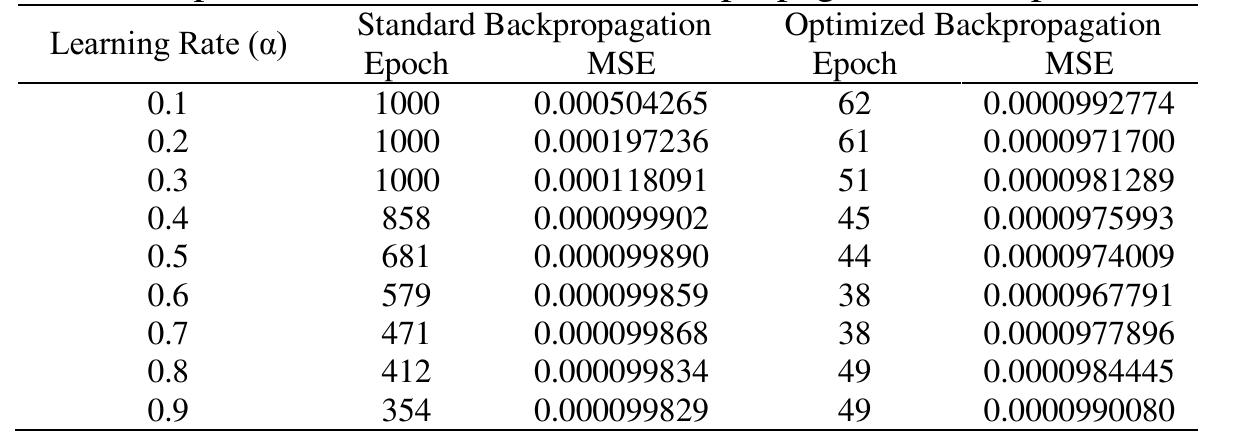Key research themes
1. How do connectionist neural mass and field models elucidate effective connectivity and cortical dynamics in brain function?
This research area focuses on computational models that capture neuronal population dynamics and their interactions in the brain, especially as applied in Dynamic Causal Modeling (DCM). It addresses modeling at a mesoscopic scale, balancing biological realism and tractability to infer effective connectivity across brain regions from electrophysiological and neuroimaging data. Emphasis is placed on different classes of models (neural mass, neural field, conductance-based), their mathematical formulations (ODEs, PDEs), and their ability to explain spectral and laminar-specific responses, accounting for synaptic and ion-channel dynamics. This theme matters because it provides the mechanistic basis for interpreting brain signals, bridging microscopic physiology and macroscopic measurements, and enables testing hypotheses regarding synaptic function and cortical organization.
2. How can connectionist neural networks model linguistic processing integrating symbolic rules and associative memory?
This area investigates connectionist architectures designed to model language phenomena where rule-governed processes and memory-based associations coexist. The goal is to simulate linguistic generalization and irregularity in morphology and syntax, capturing empirical linguistic data such as verb inflections in complex languages (e.g., German). These models aim to reconcile the utility of symbolic rules with emergent connectionist representations in layered neural models, reflecting cognitive theories about language processing that blend rule application and lexical storage. This serves to deepen understanding of language acquisition and processing from a neurocomputational perspective and informs computational linguistics and cognitive science.
3. How do connectionist frameworks enable modeling of neural coding, population representations, and cognitive decision processes?
This theme concerns computational models using connectionist neural networks to represent population-level neural activity and model how such populations encode sensory stimuli and support cognition, including decision making. It explores normative and generative models of neural encoding and decoding, statistical properties of responses to natural stimuli, and neural implementations of reinforcement learning and cognitive biases. This line of work is crucial for linking neuronal population dynamics with behavioral and cognitive outcomes, advancing interpretability of neural codes, and developing biologically plausible AI architectures.



